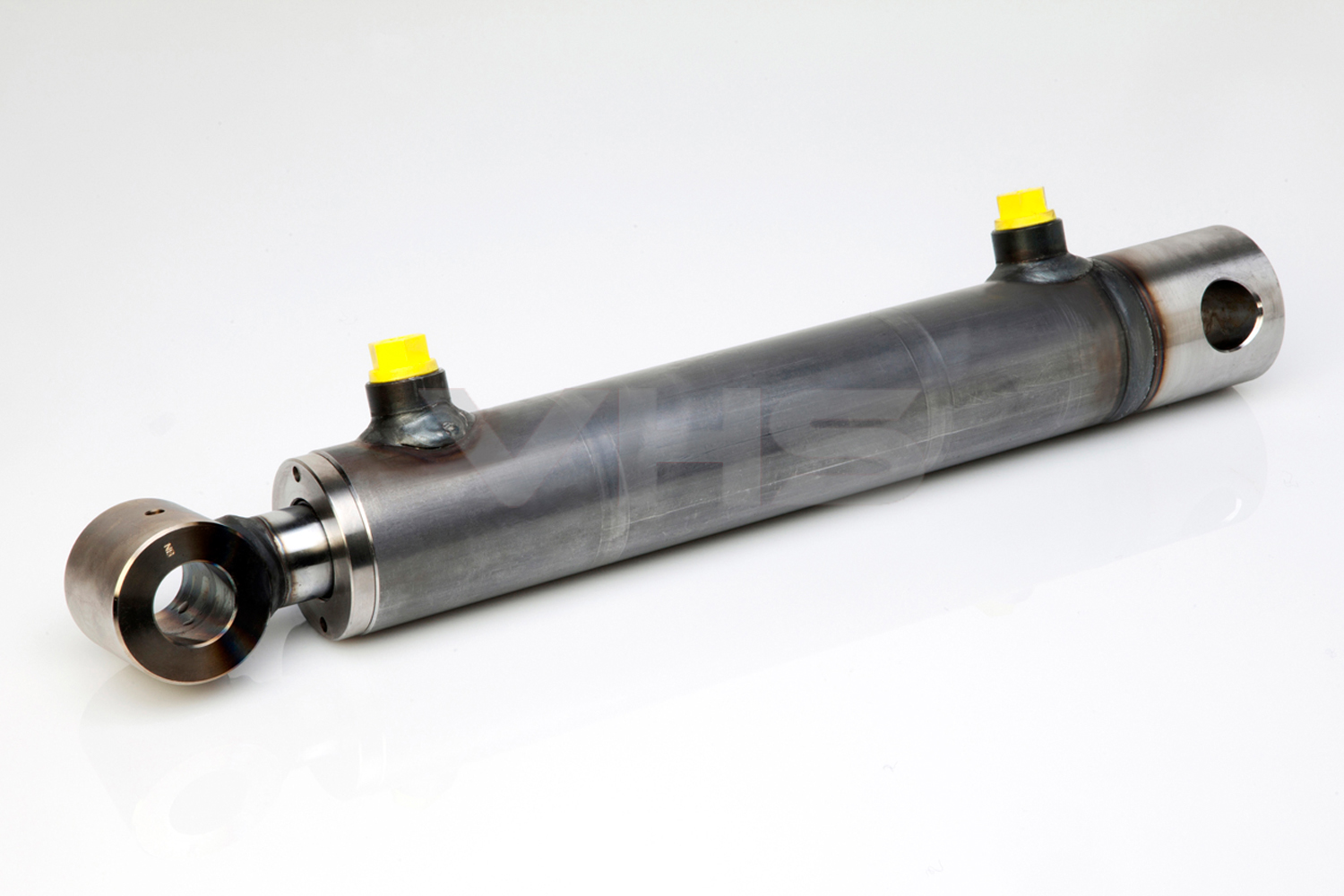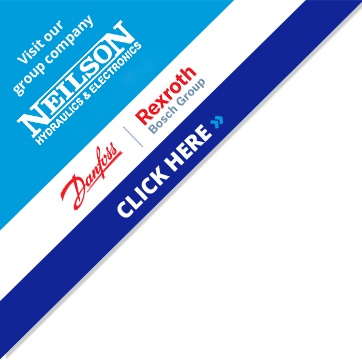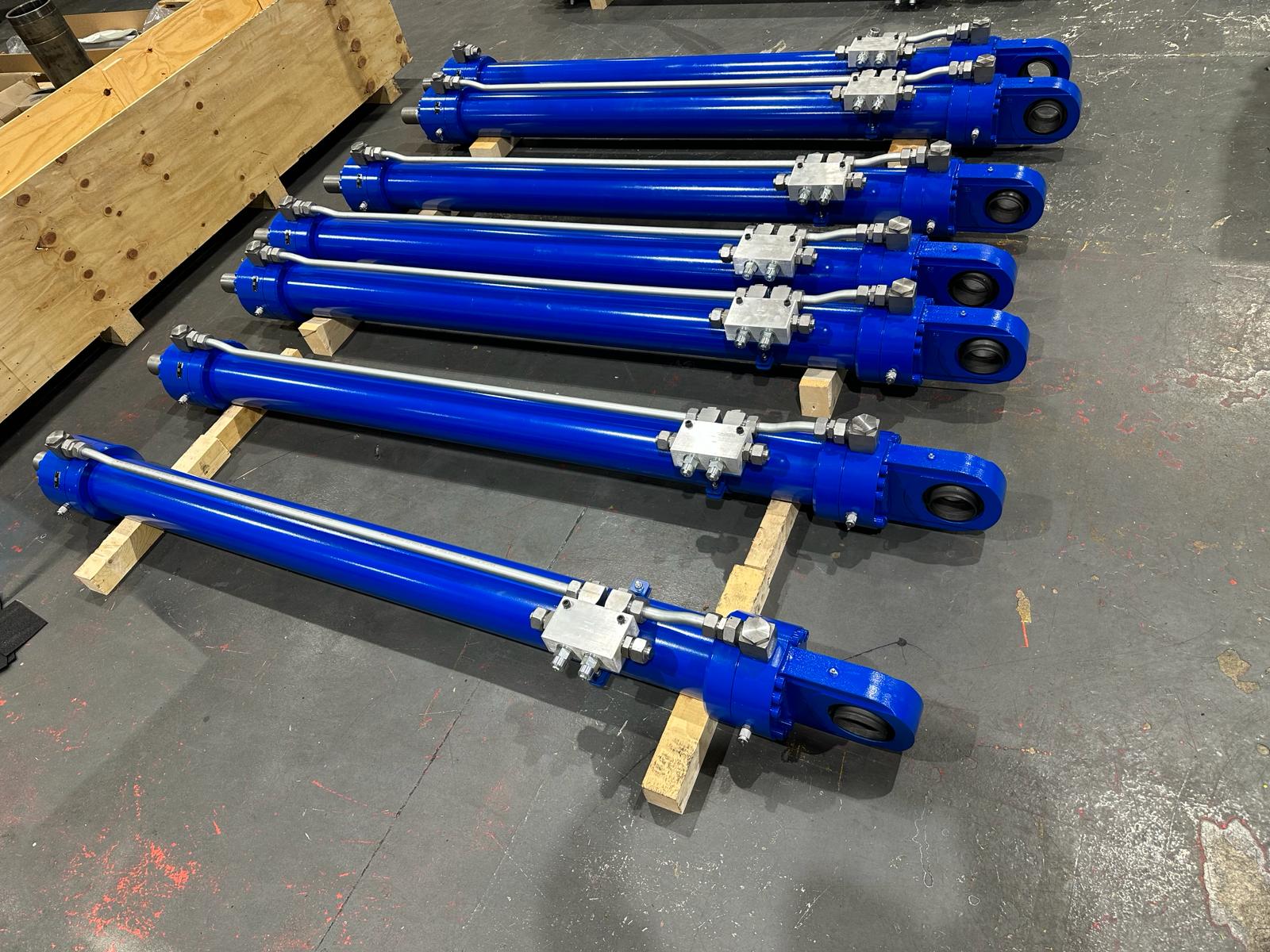Maintaining and ensuring the optimal performance of hydraulic cylinders is crucial for any hydraulic system. In this blog, we'll cover the essential aspects of hydraulic cylinder maintenance, testing, and repairs. Understanding these key practices is vital for the reliability and efficiency of your hydraulic equipment.

Hydraulic Maintenance
1. Undertake Regular Cylinder Maintenance
Regular maintenance of hydraulic cylinders is essential to ensure optimal performance. Keep a close eye on the condition of the cylinder rod, checking for signs of corrosion, pitting, or wear. Moisture, whether from the air or hydraulic fluid, can lead to corrosion. Water contamination in the fluid can cause severe component or system failures, necessitating immediate cleaning of the hydraulic oil. Corrosion can also accelerate seal wear due to increased friction, and pitting can lead to similar problems. Misalignment is a common cause of uneven wear in cylinders. Side loads can prematurely wear bearing seals and rods, causing rubbing on one side of the bearing. In such cases, re-chroming or polishing is often the best solution. If a cylinder rod is beyond repair, replacement is advisable, but addressing the root cause of the damage before installation is crucial for long-term cost-effectiveness.
2. Keep Your Hydraulic Oil Clean
Many hydraulic failures result from hydraulic oil contamination. Promptly clean contaminated hydraulic oil when detected, and consider installing high-efficiency filters that can be changed as needed. Differential pressure gauges can signal the need for filter replacement when debris accumulates, preventing unfiltered oil flow through the system.
3. Rotate or Alternate Cylinders
To minimize downtime, consider maintaining 'critical spare' cylinder parts or alternating the usage of different cylinders. This practice helps preserve cylinder integrity, even in the presence of particle contamination and harsh operating conditions. When cylinders are removed from the system, perform maintenance and repairs as needed. This approach also provides insights into the overall system condition. For instance, consistent varnish throughout the system may indicate excessive oil temperature, necessitating adjustments.
4. Maintain Cylinder Accessories
Every component in a hydraulic cylinder is vital, including pivot pins, clevises, and accessories. Worn or damaged pivot pins and clevises can introduce play and slop into cylinder joints, causing misalignment and wear. Performing a 'critical spares analysis' can help identify hydraulic components most susceptible to failure, understand their impact on safety, production, and system performance, and assess the cost and lead times for replacements.
Hydraulic Cylinder Testing
Hydraulic cylinder testing is a critical step in maintaining optimal performance. Measuring leakage is a fundamental aspect of testing, with the 'end-of-stroke bypass test' being a common method. However, this test primarily assesses seals at the cylinder's ends, where components are less likely to deteriorate. To comprehensively test, focus on the cylinder's mid-stroke region, where potential damage is higher. 'Hydrostatic testing' is suitable for double-acting cylinders and helps ensure seal functionality and prevent leakage. Safety precautions, such as pressure-relief valves, are crucial when conducting hydrostatic tests.
Hydraulic Cylinder Repair
Hydraulic cylinder repair is generally straightforward, as cylinders are less complex than other hydraulic components. Internal and external leaks are common issues leading to repairs. Disassembling and closely inspecting the cylinder may reveal hidden problems. Our repair service includes a free assessment, which involves a thorough inspection to determine the extent of necessary work and assess which parts can be salvaged. If a repair is deemed impractical or may result in unreliable performance, we provide replacement options. During the assessment, our team may also offer recommendations to improve system design and efficiency.
Types of Hydraulic Cylinder Repair:
- Piston Seal: Distorted, eroded, or missing piston seals often result from oversized barrels or operational bulges. Replacing only the piston seal, without addressing underlying issues, can lead to recurring maintenance and increased costs.
- Rod Seal: A distorted rod seal can be caused by excessive wear of the guide bush or a bent rod. Replacing the rod seal alone may provide a temporary fix, but addressing root causes is essential for long-term reliability.
- Rod: Checking the rod's straightness is vital during repairs. Bent rods can often be corrected using a press. However, if the chrome plating on the rod is damaged, it may require re-chroming or cylinder replacement.
- Piston: Scratches on the piston's outer surface are generally acceptable as long as they don't exceed the minimum bore diameter of the cylinder. Checking the piston's length using a micrometer is advisable."
You may also be interested in our other hydraulic cylinder articles below:
Bosch Rexroth Hydraulic Cylinders
To enquire or speak to our technical team about all your hydraulic solutions and requirements please contact VHS Hydraulic Components on: 0114 276 4430 / E: info@www.hydraulic-components.net or visit our website at: https://www.hydraulic-components.net





 No Minimum Order
No Minimum Order















